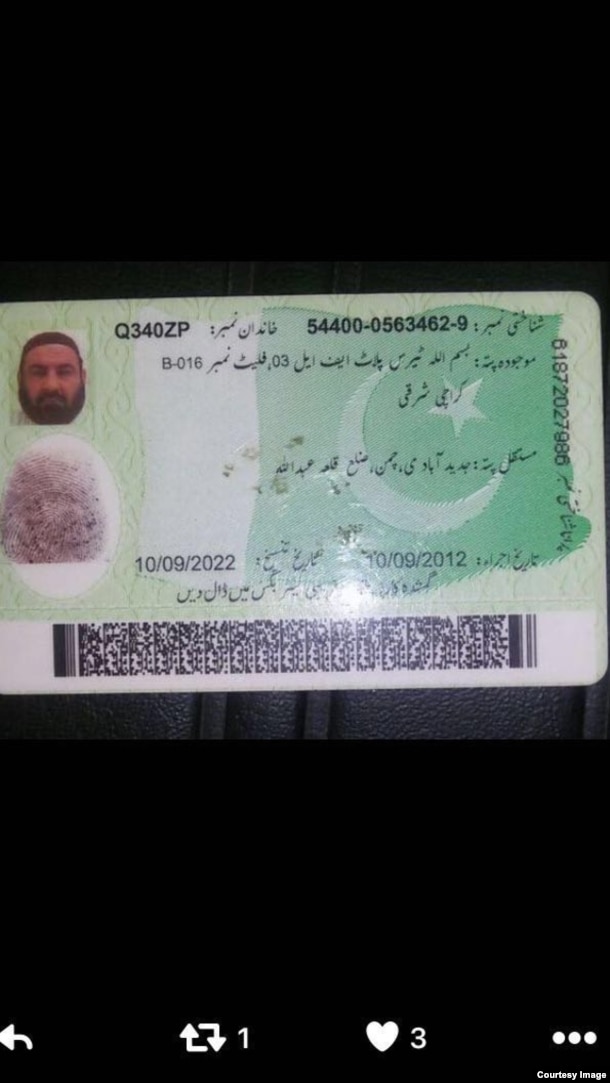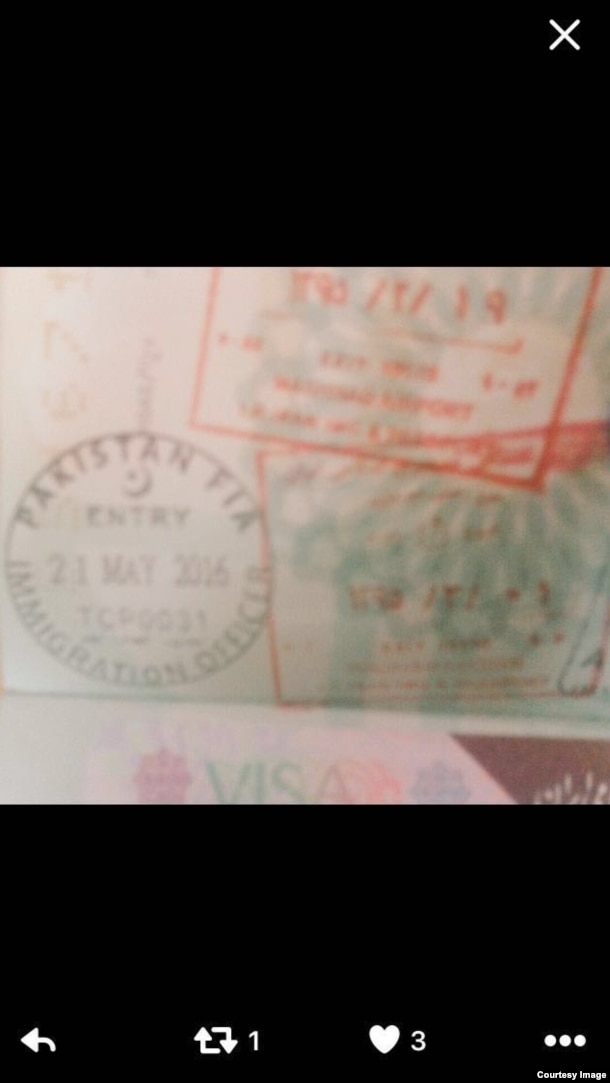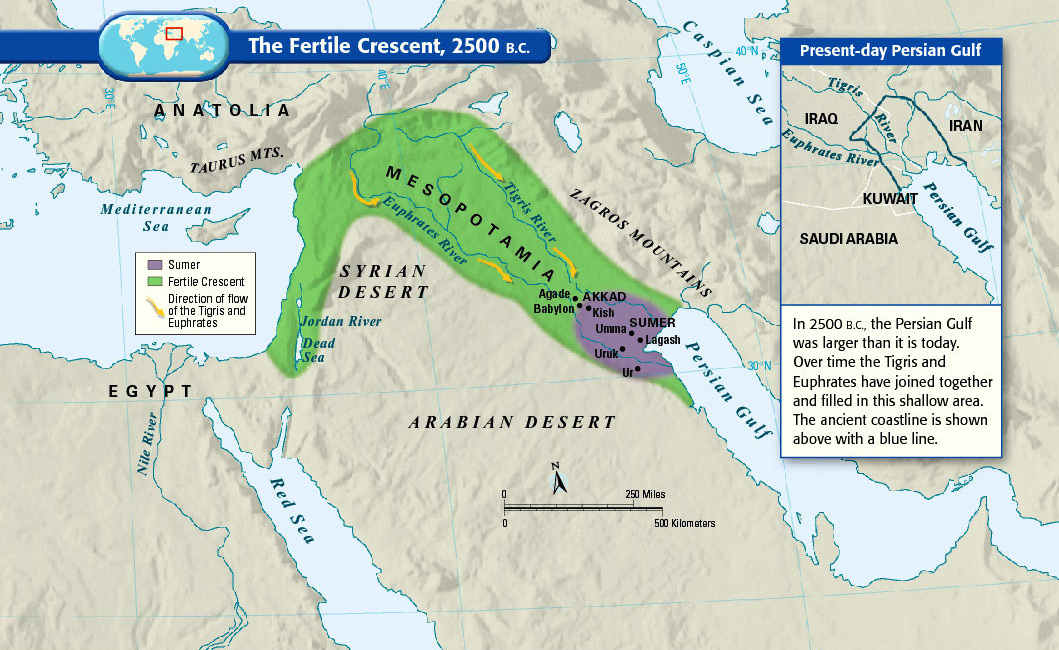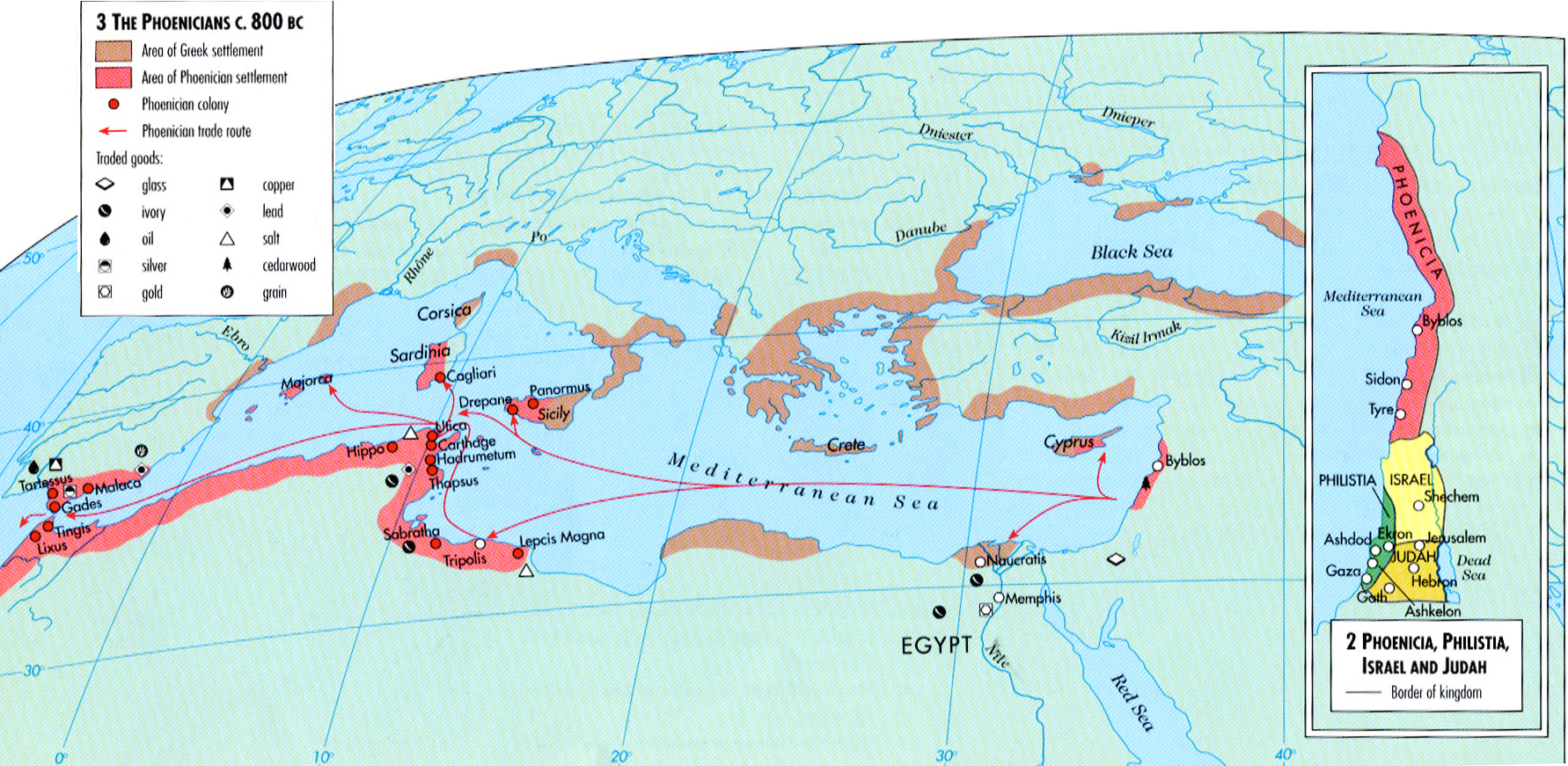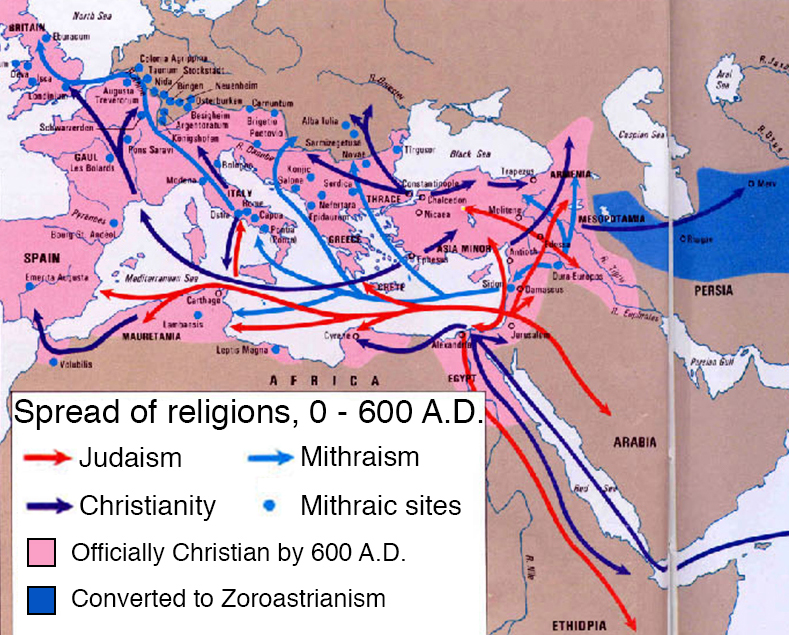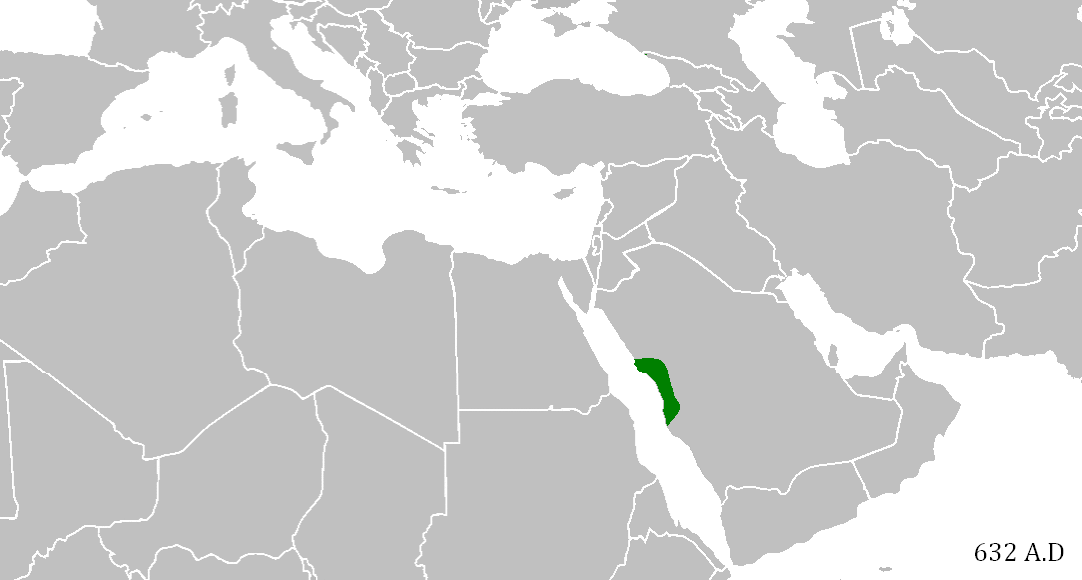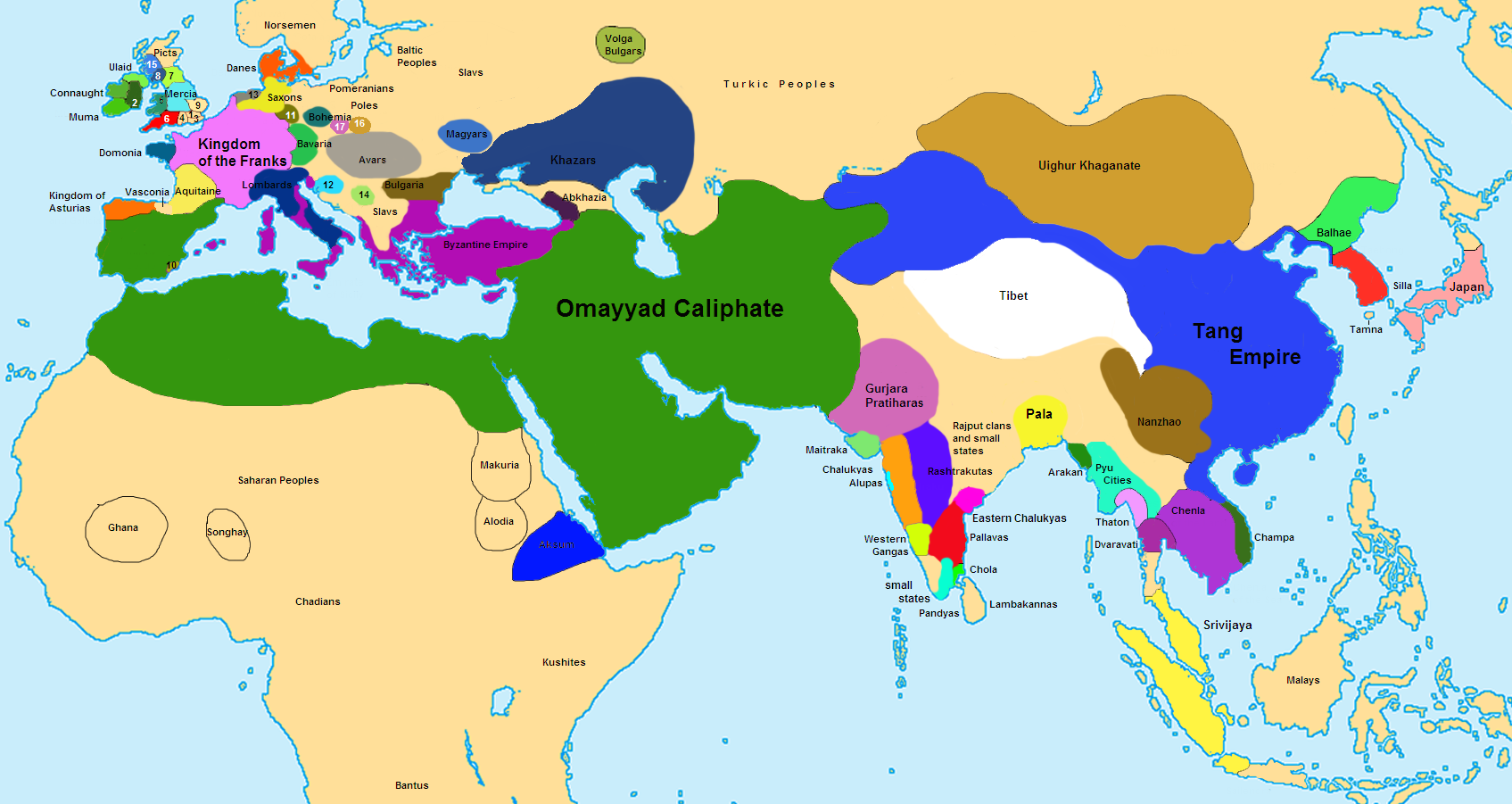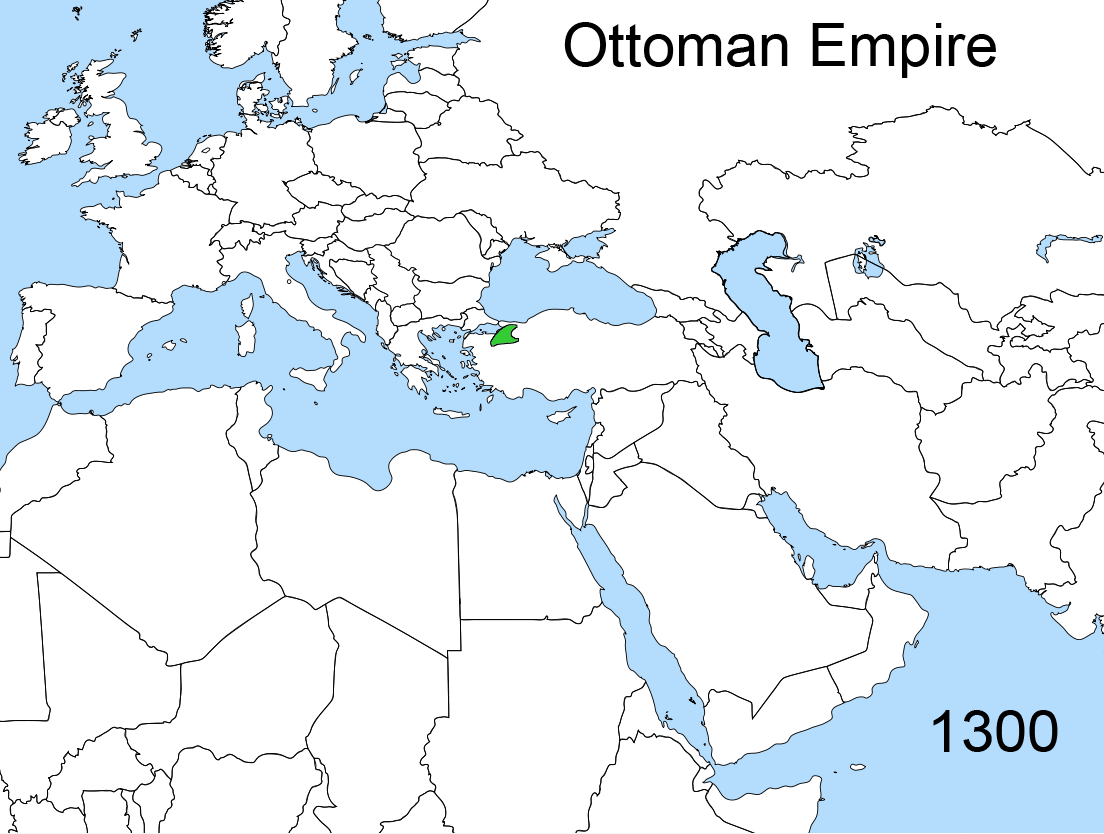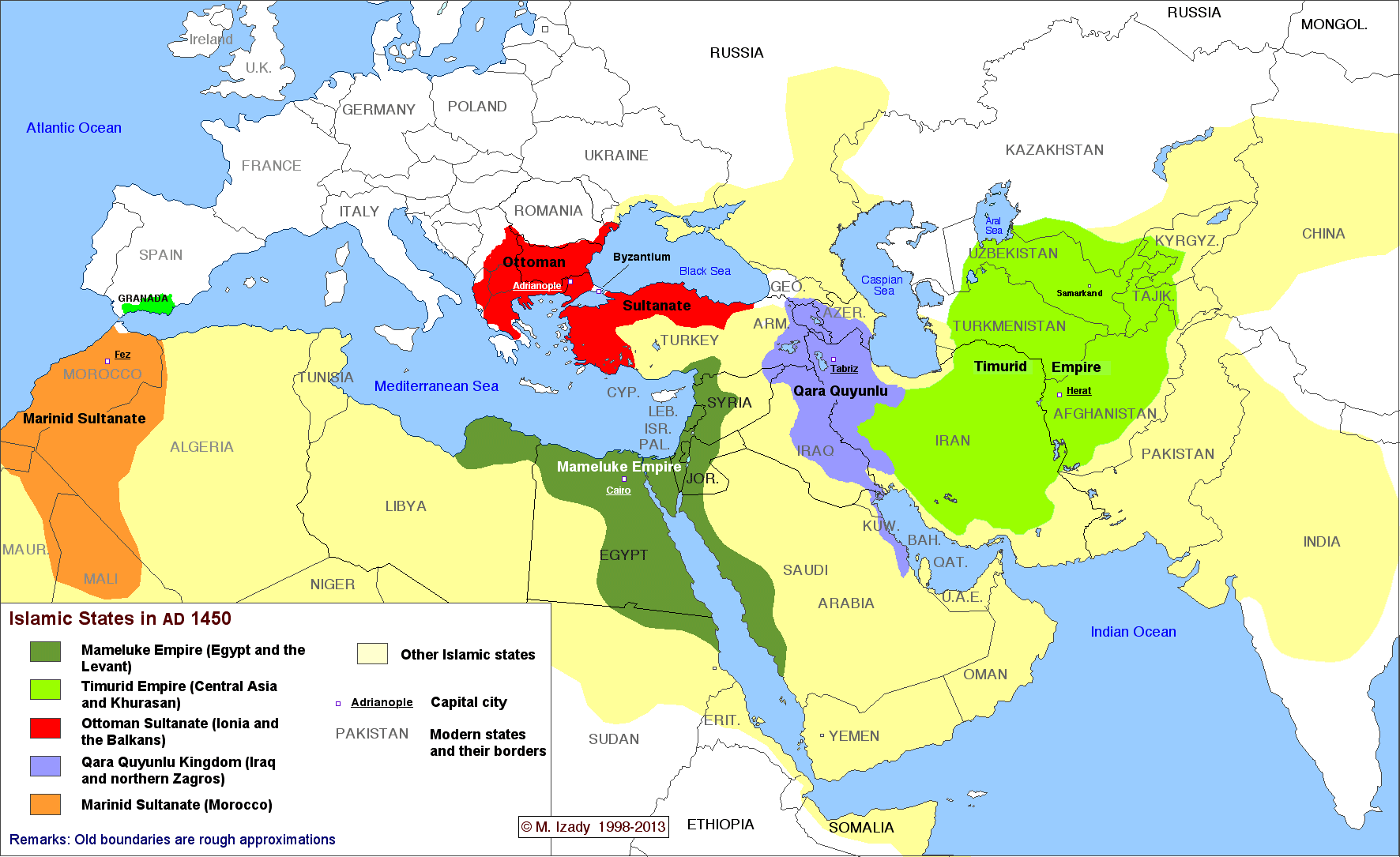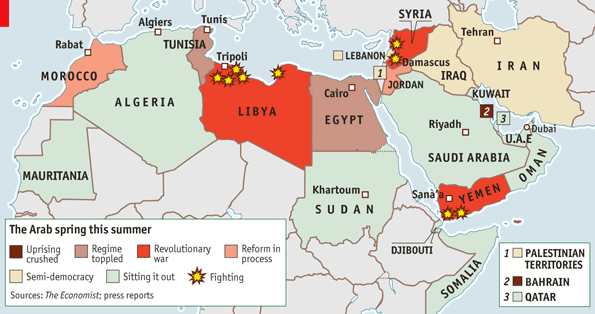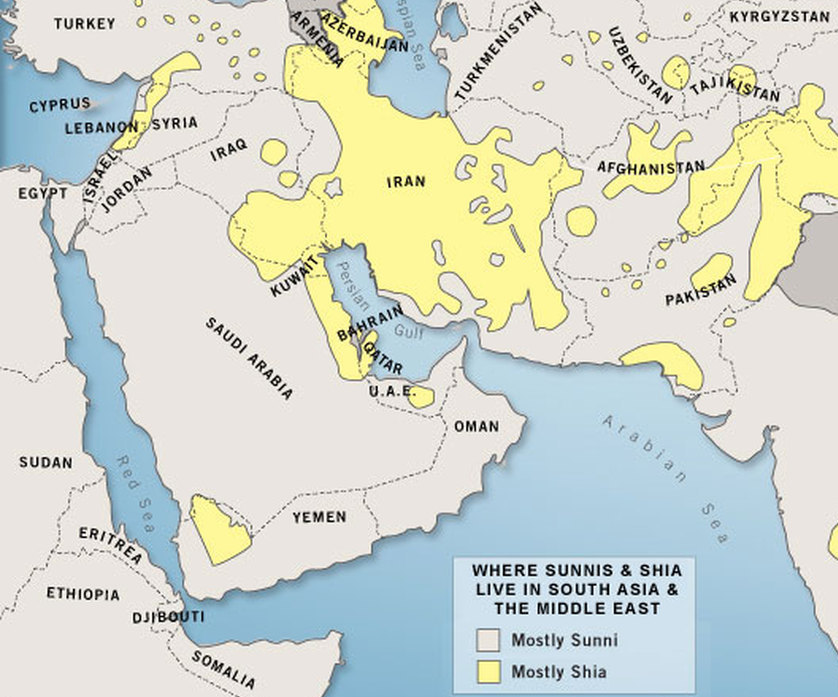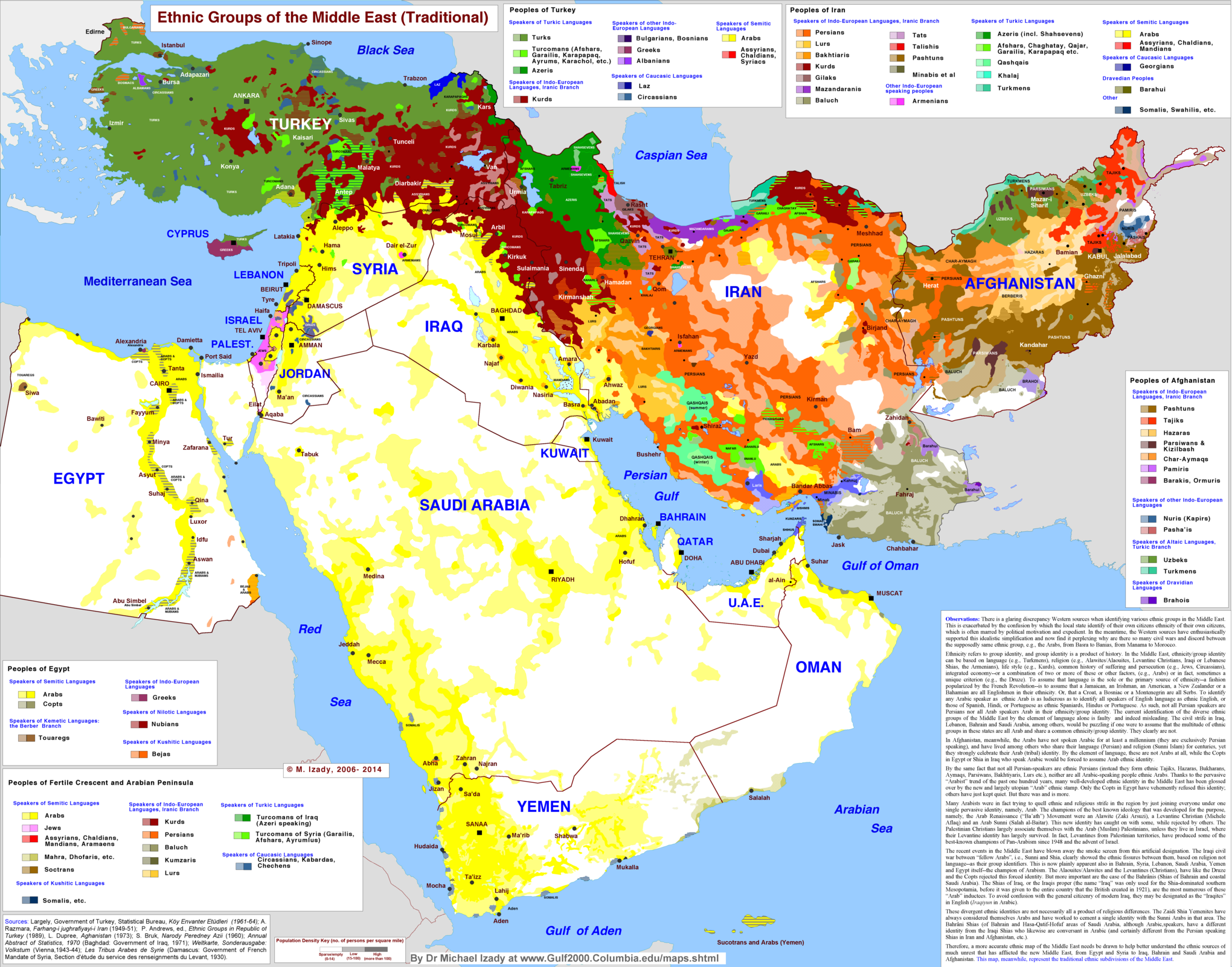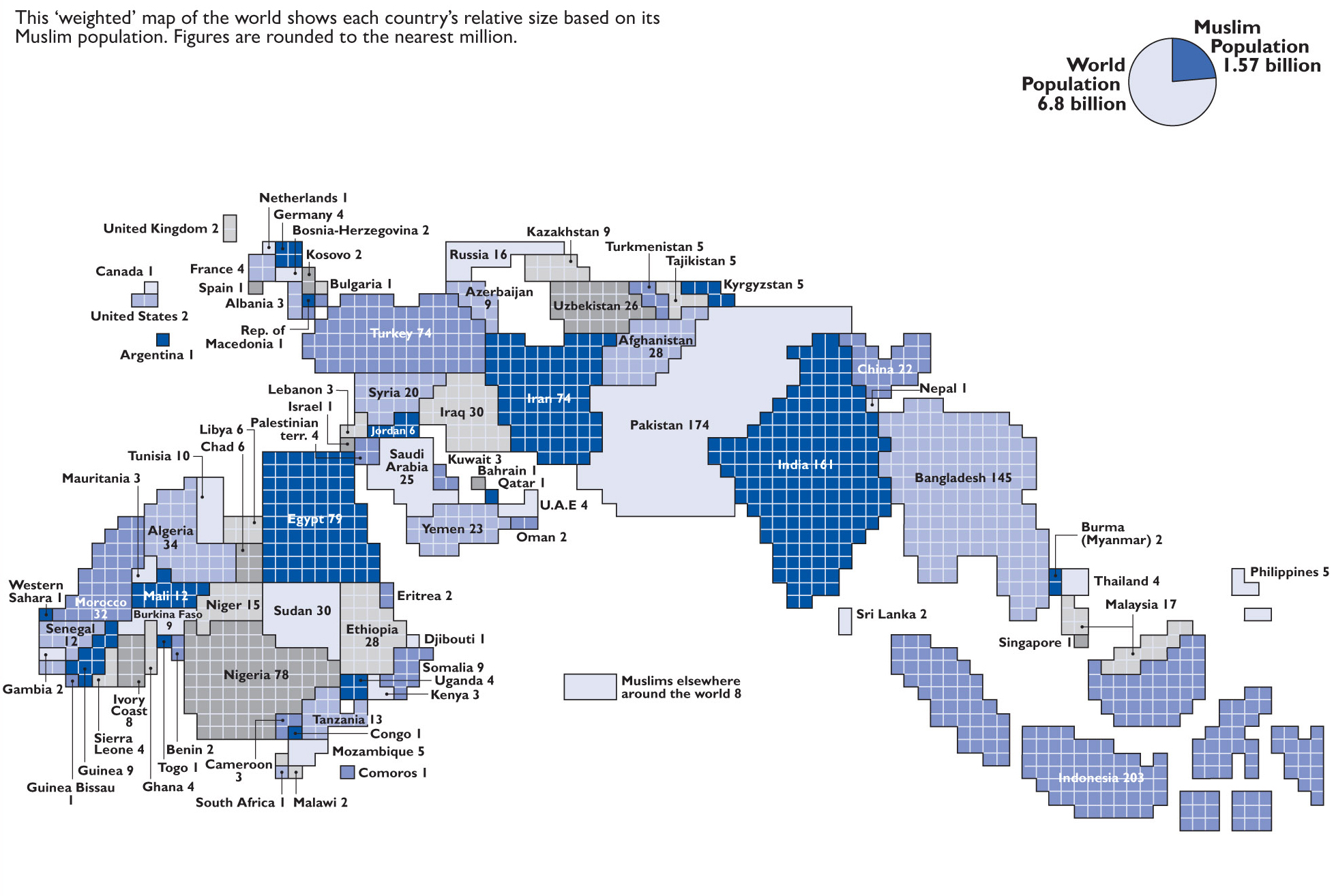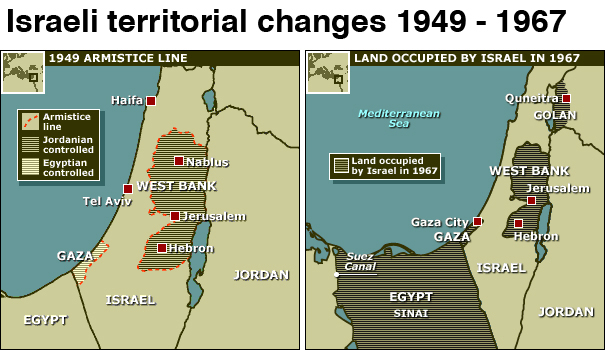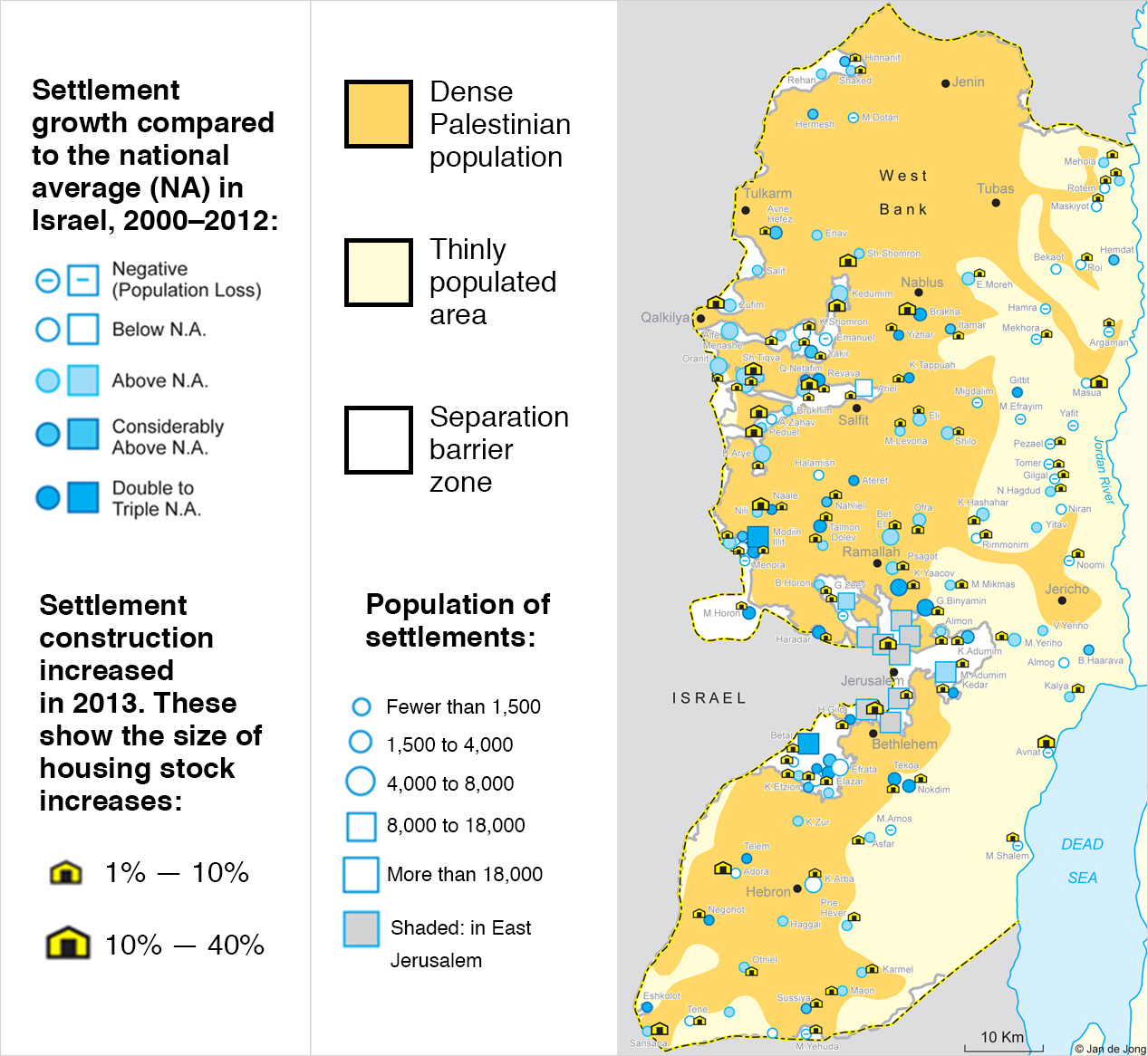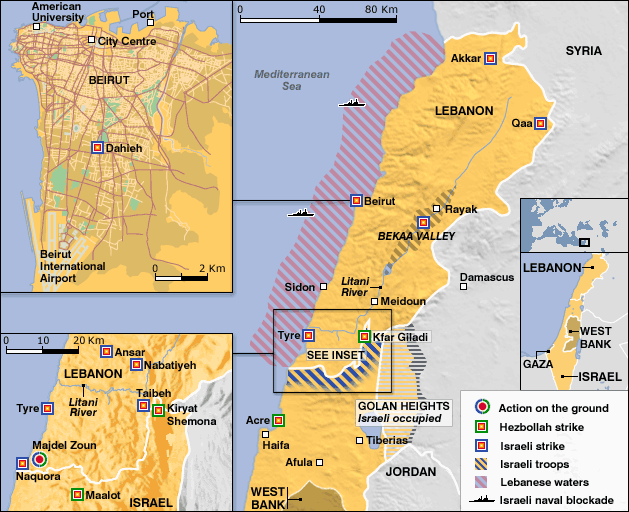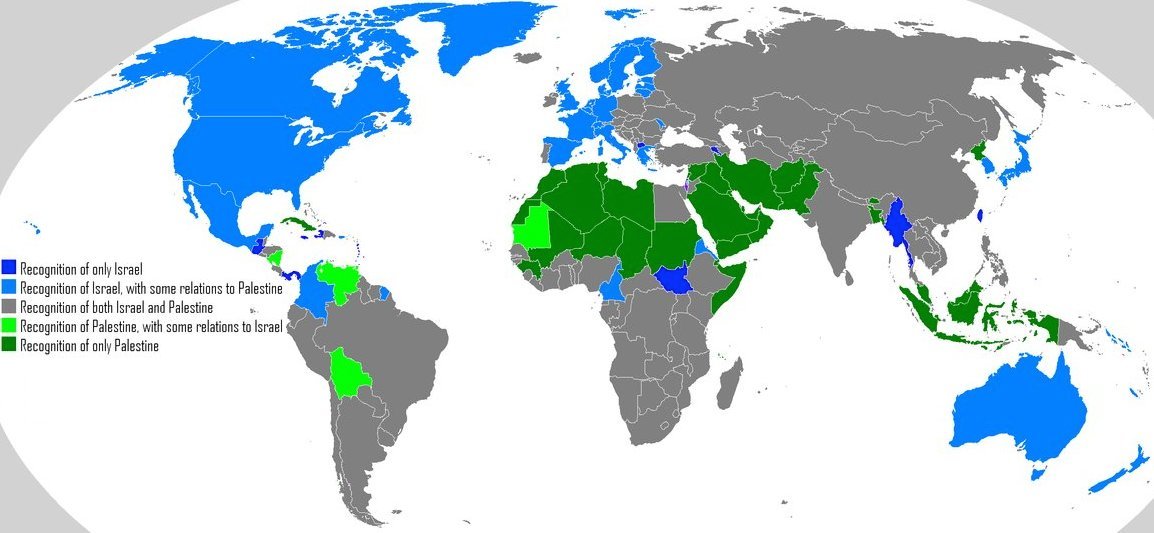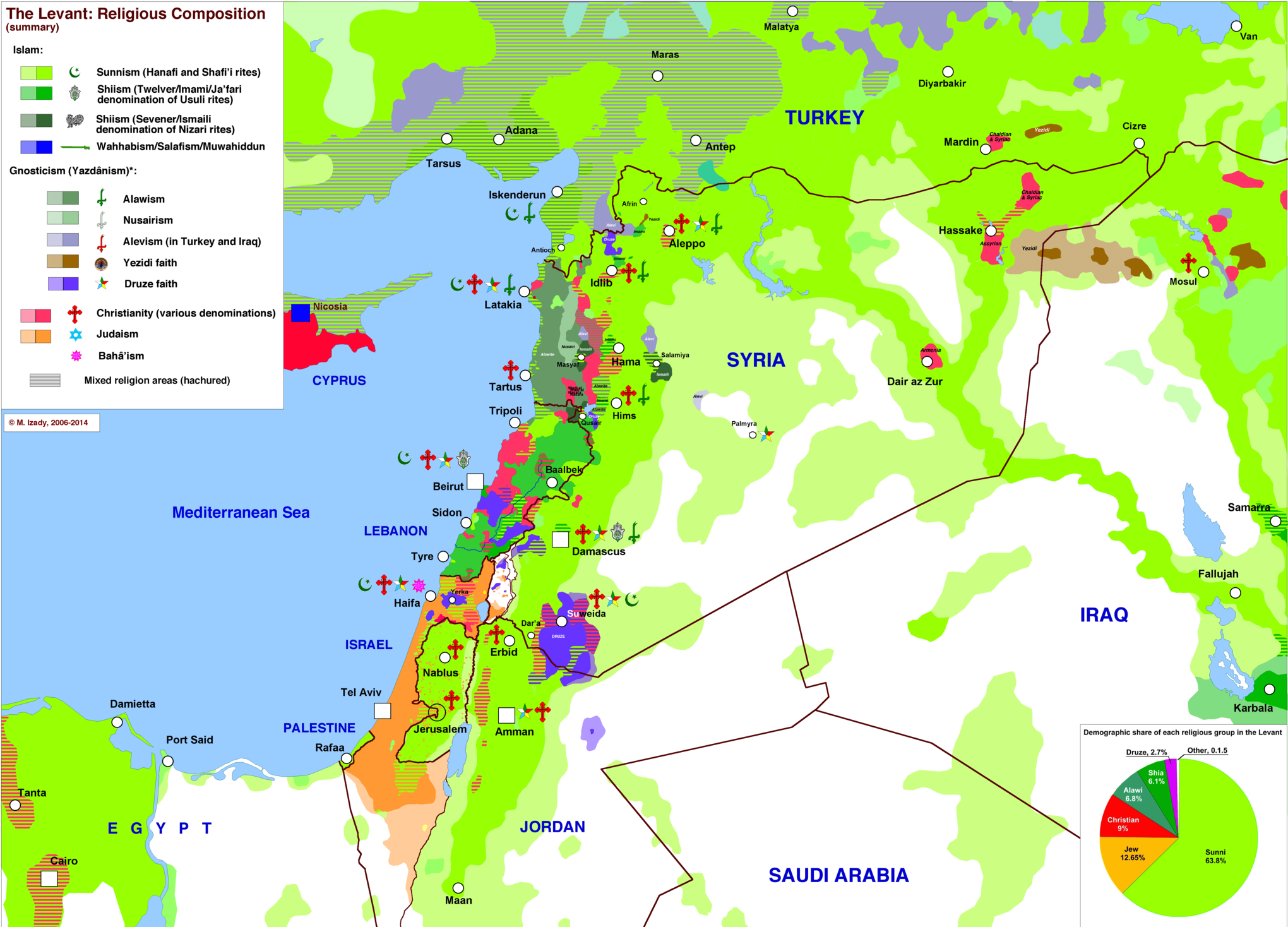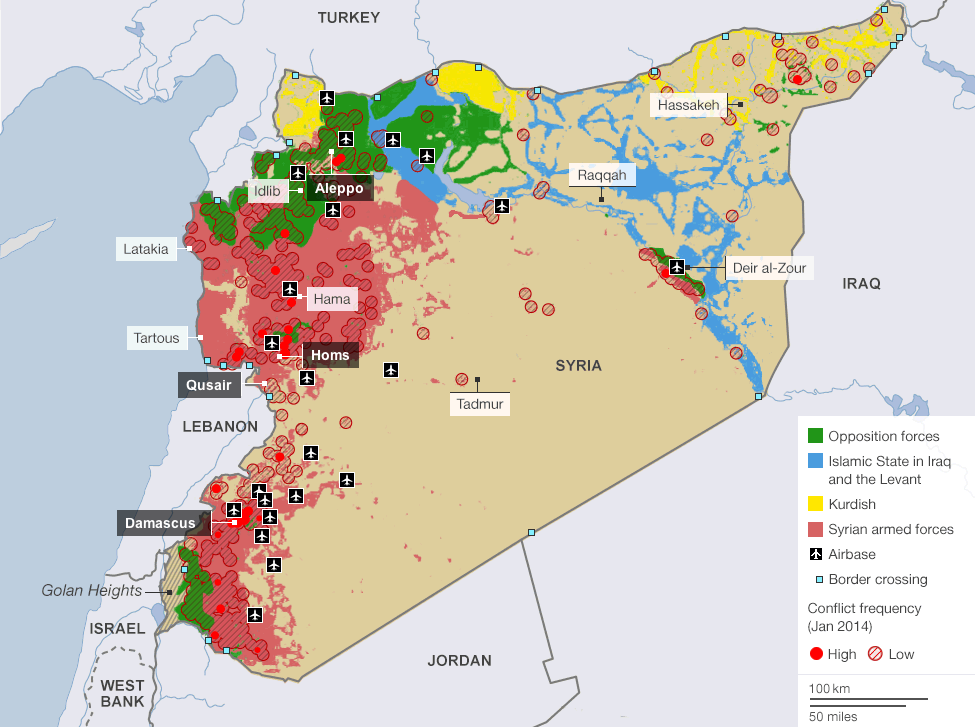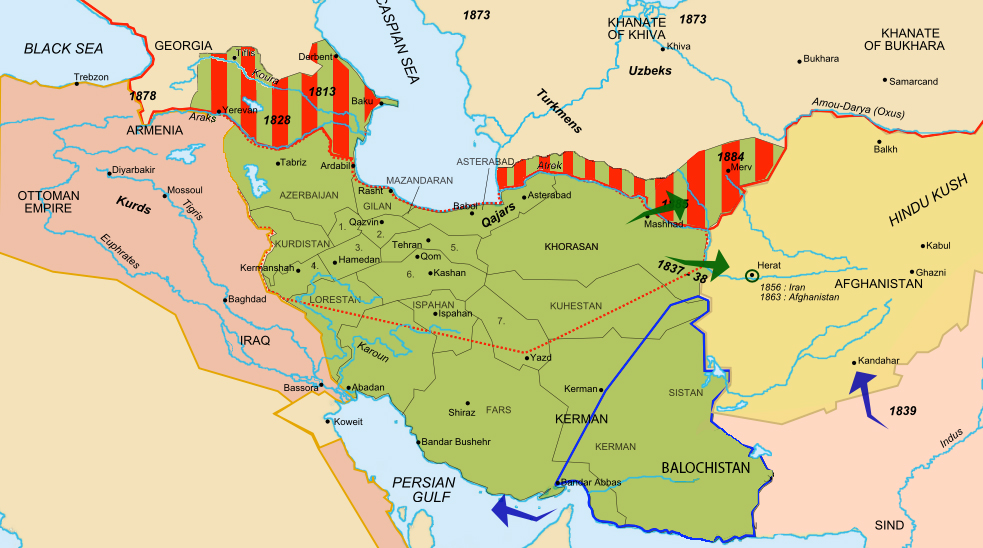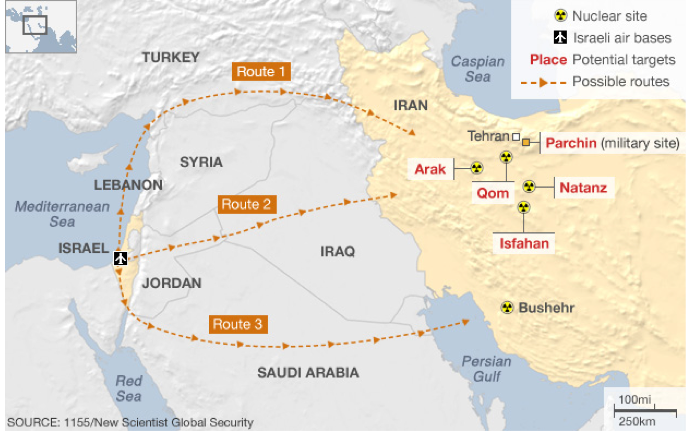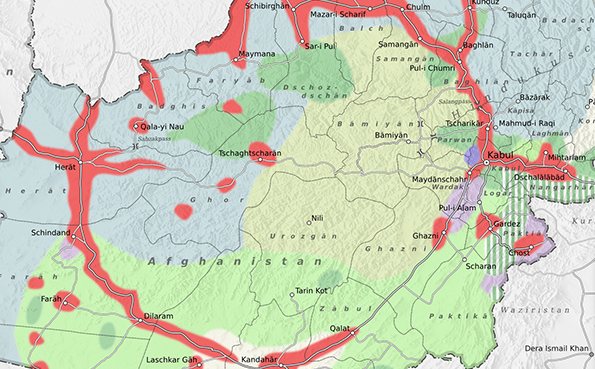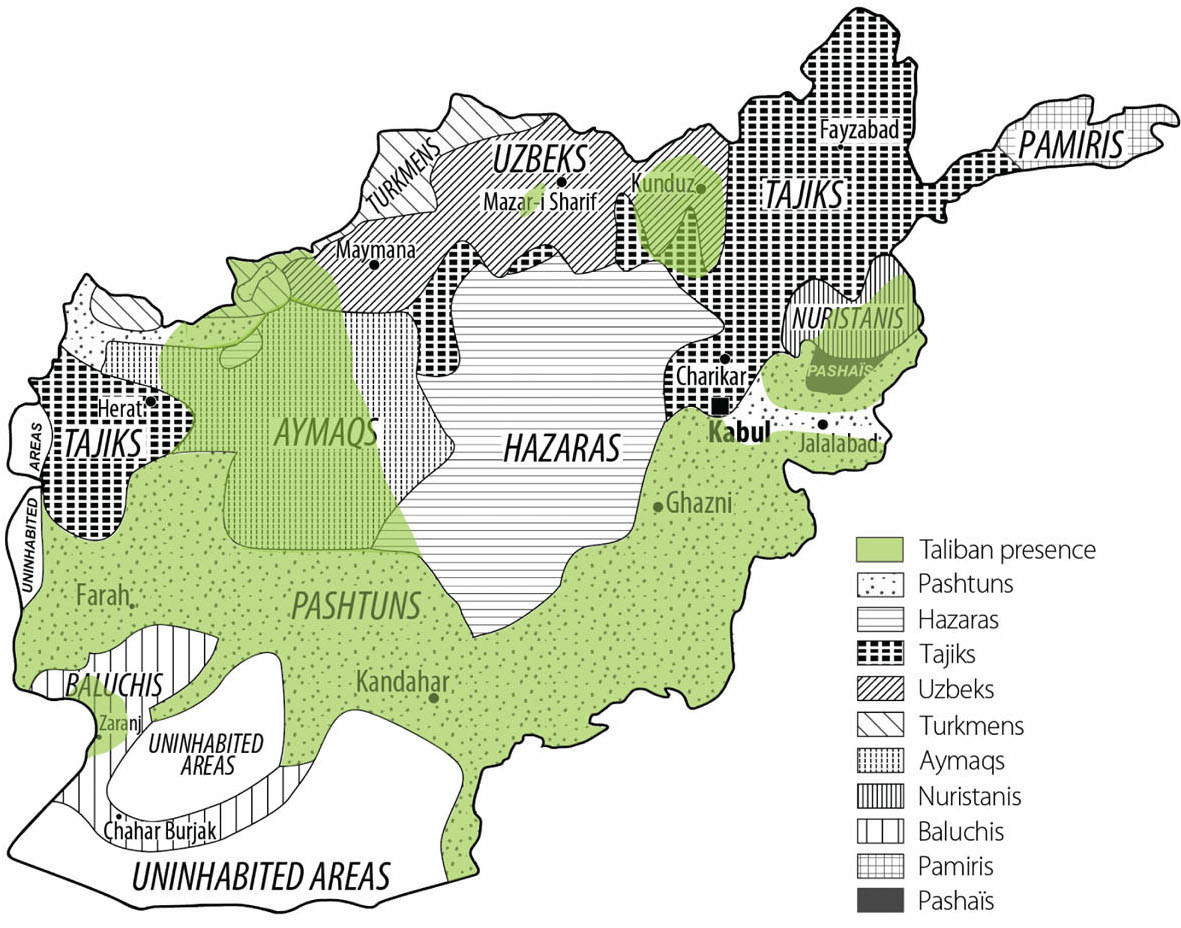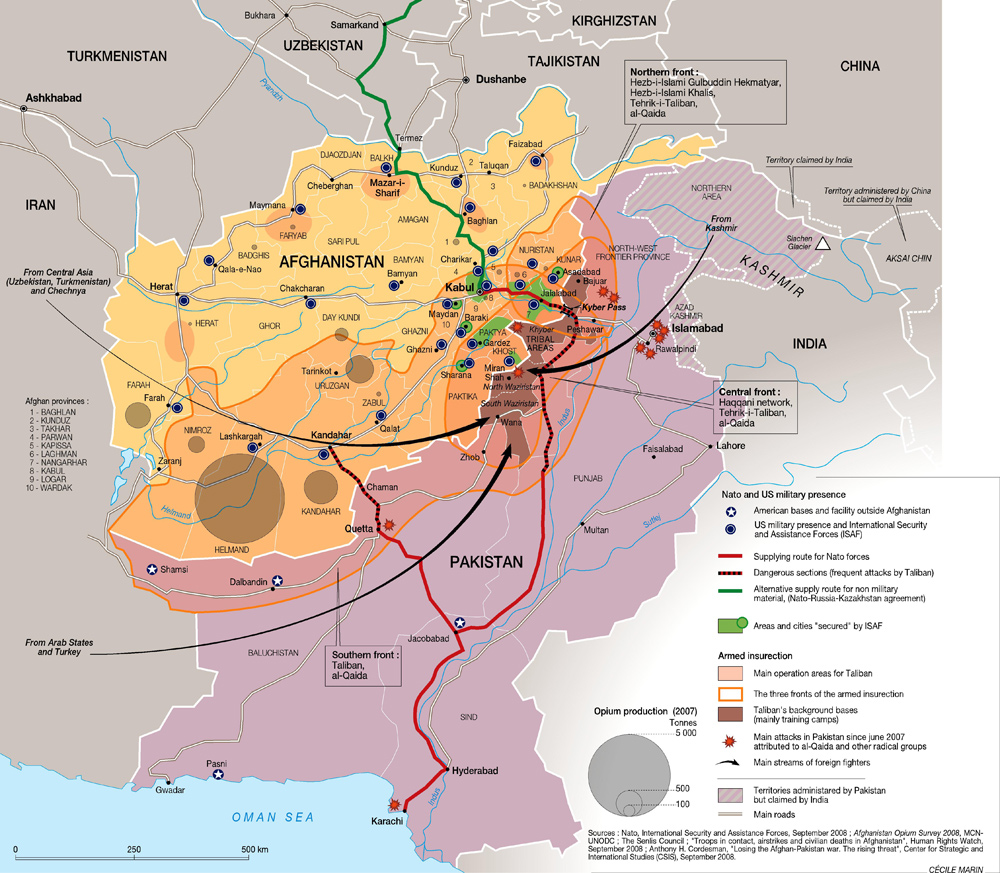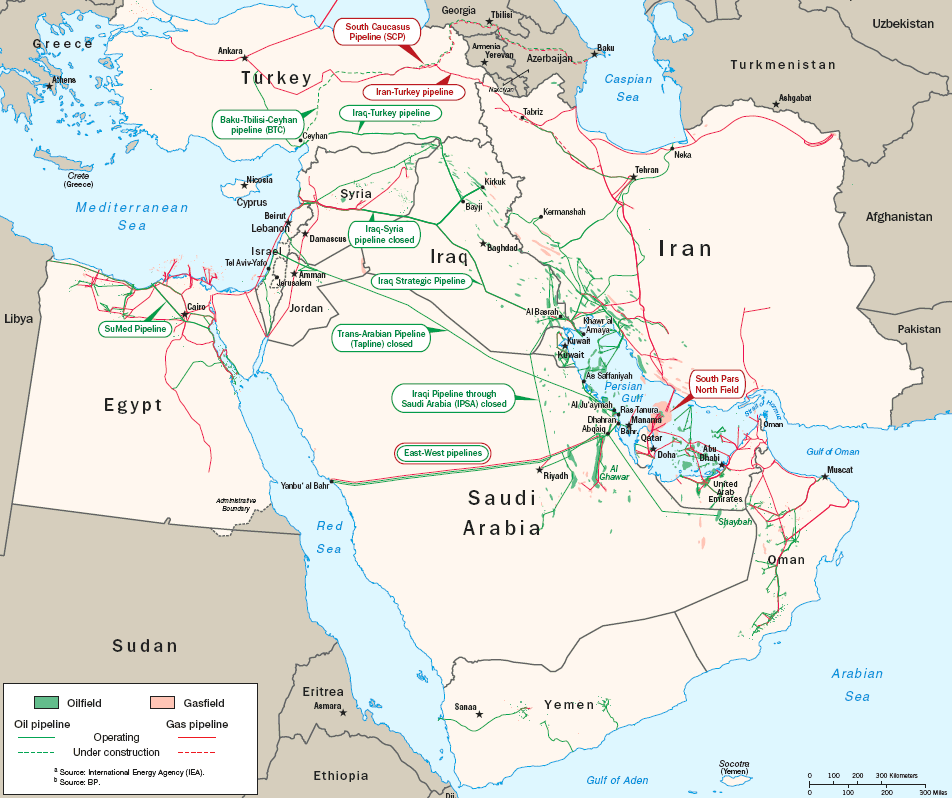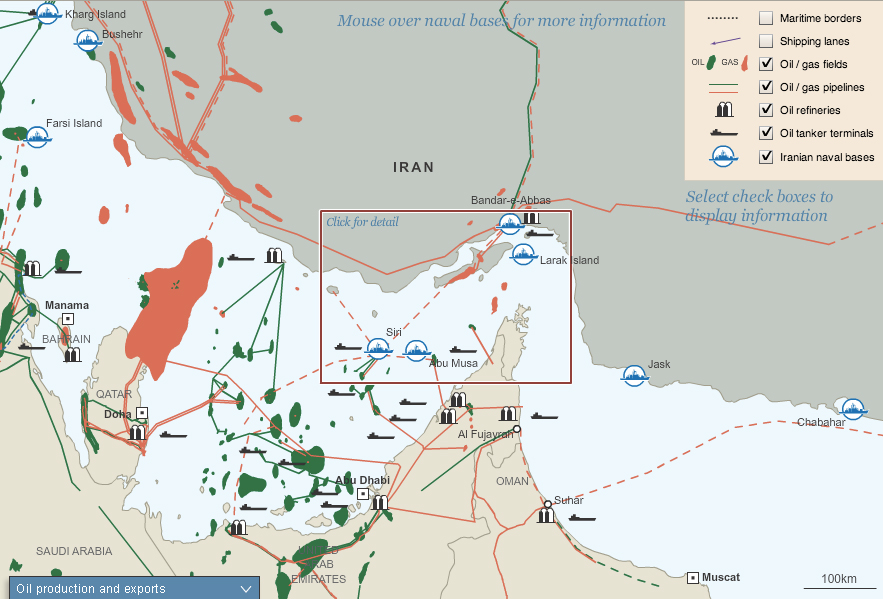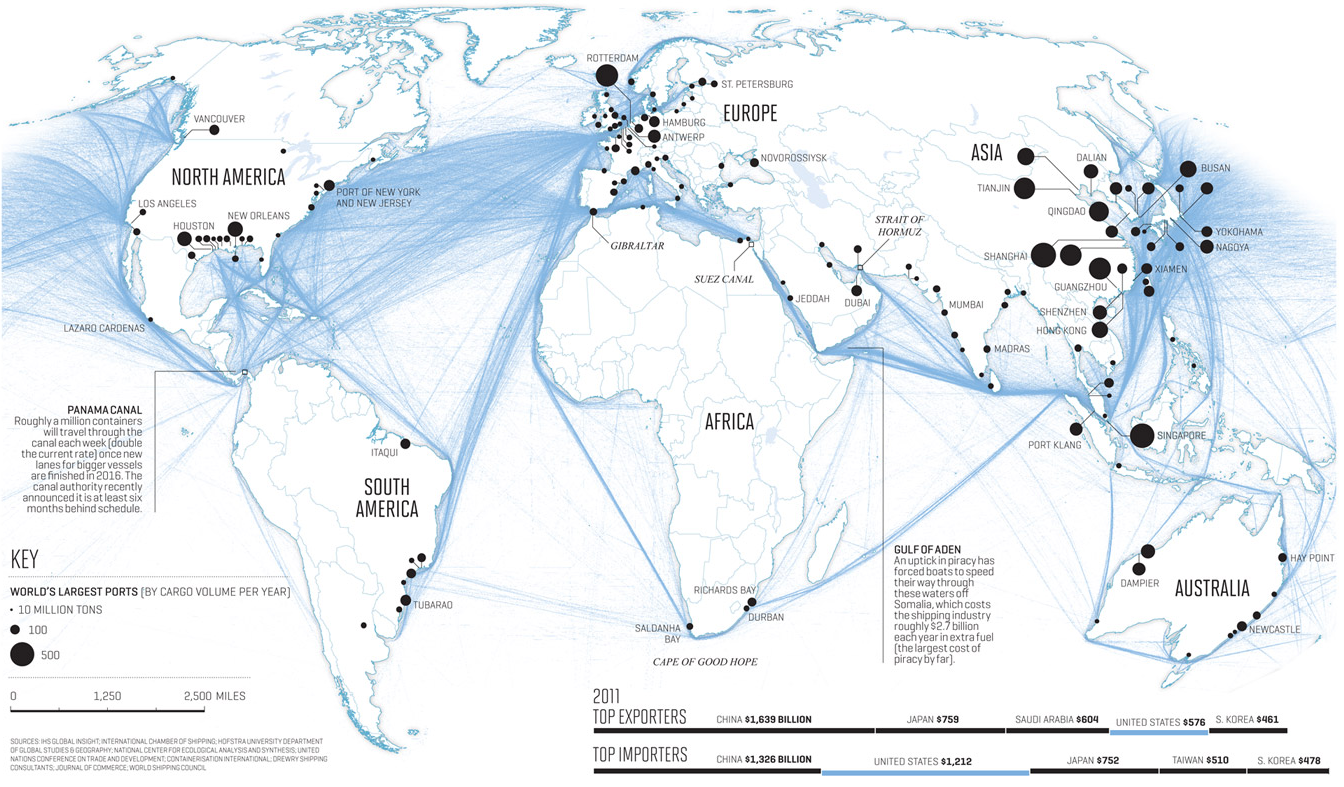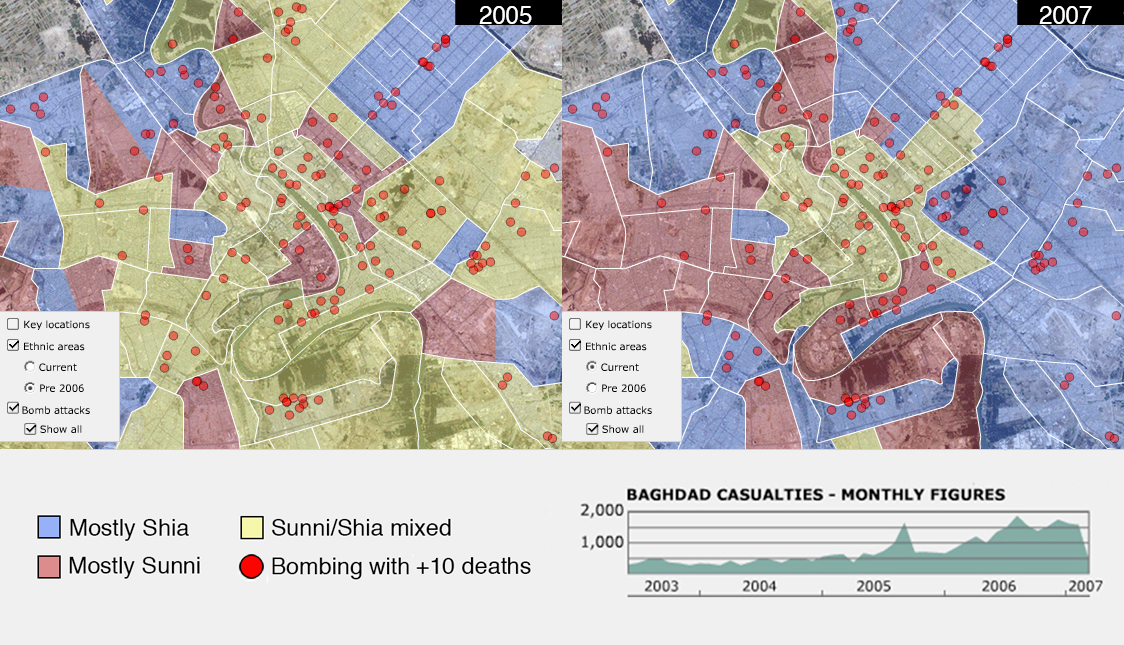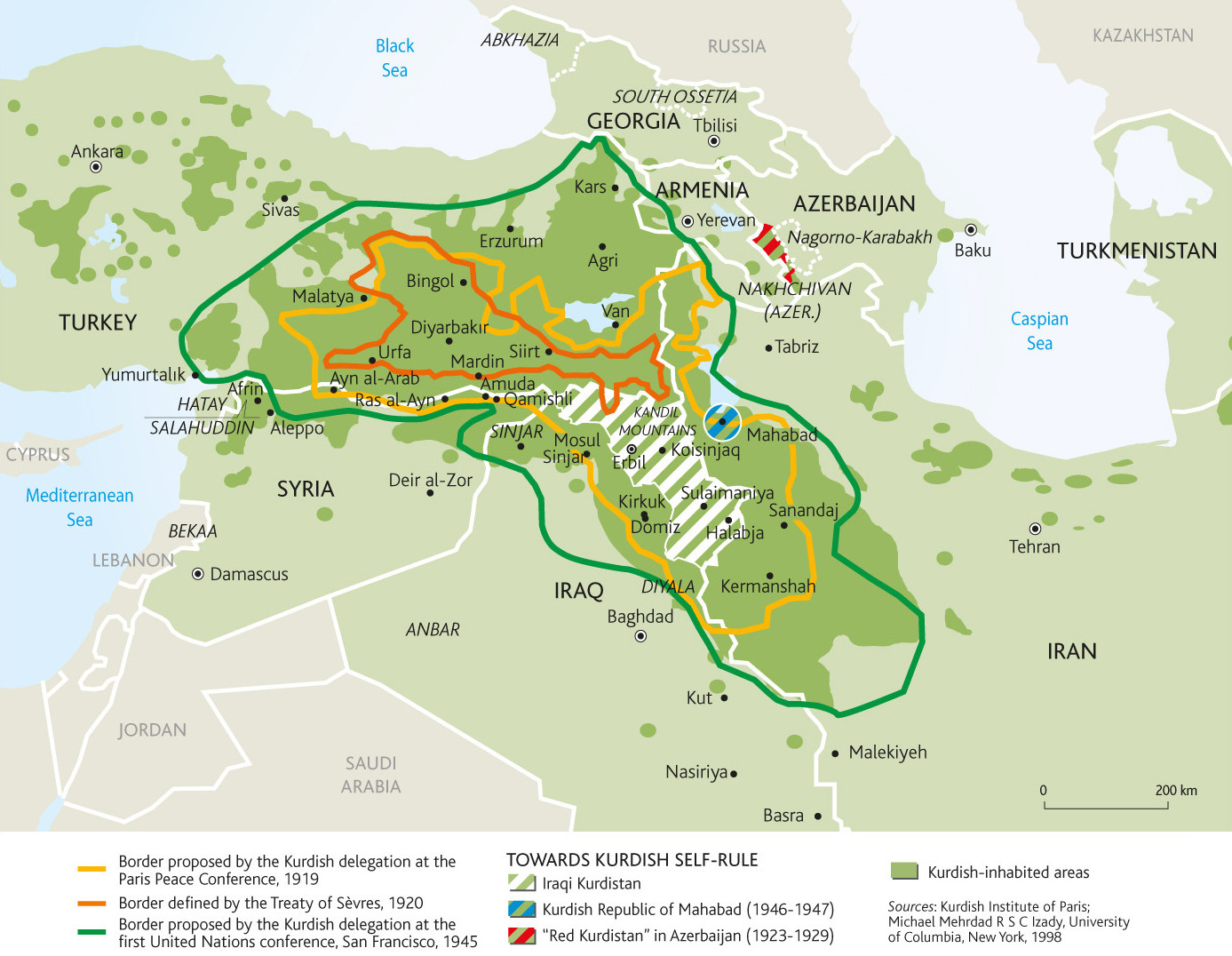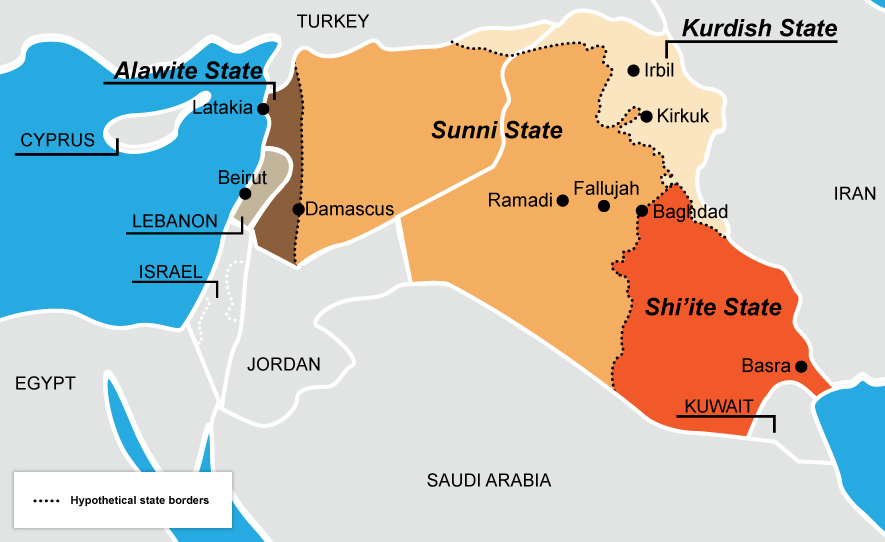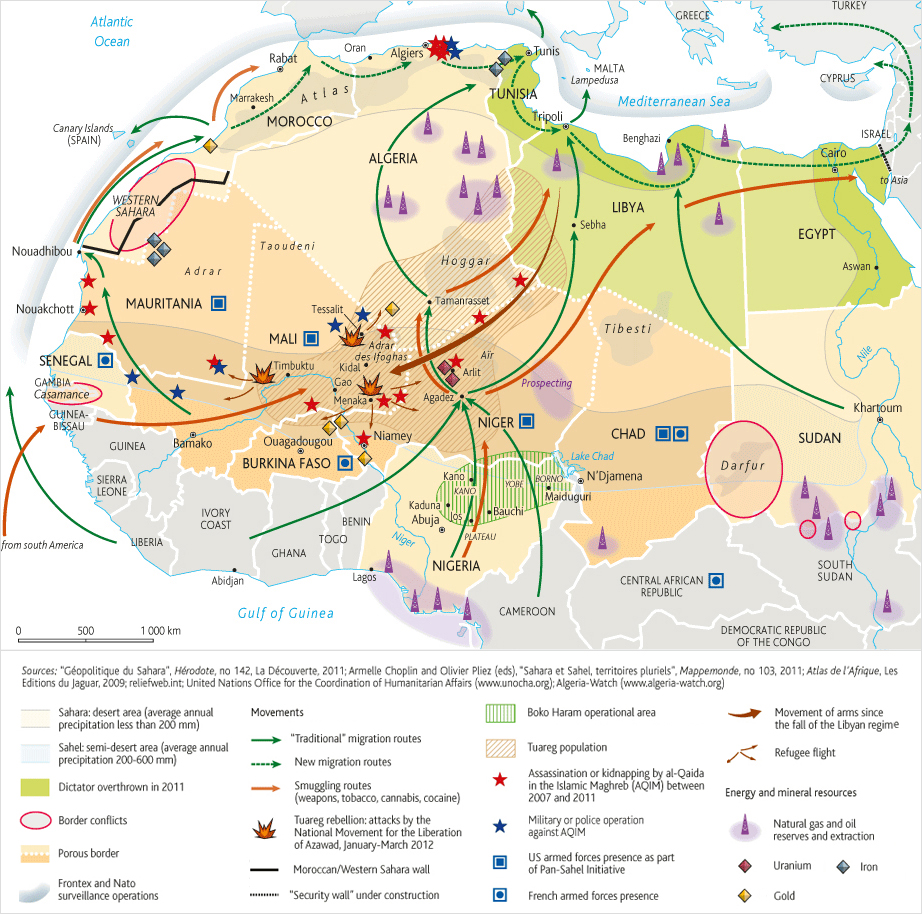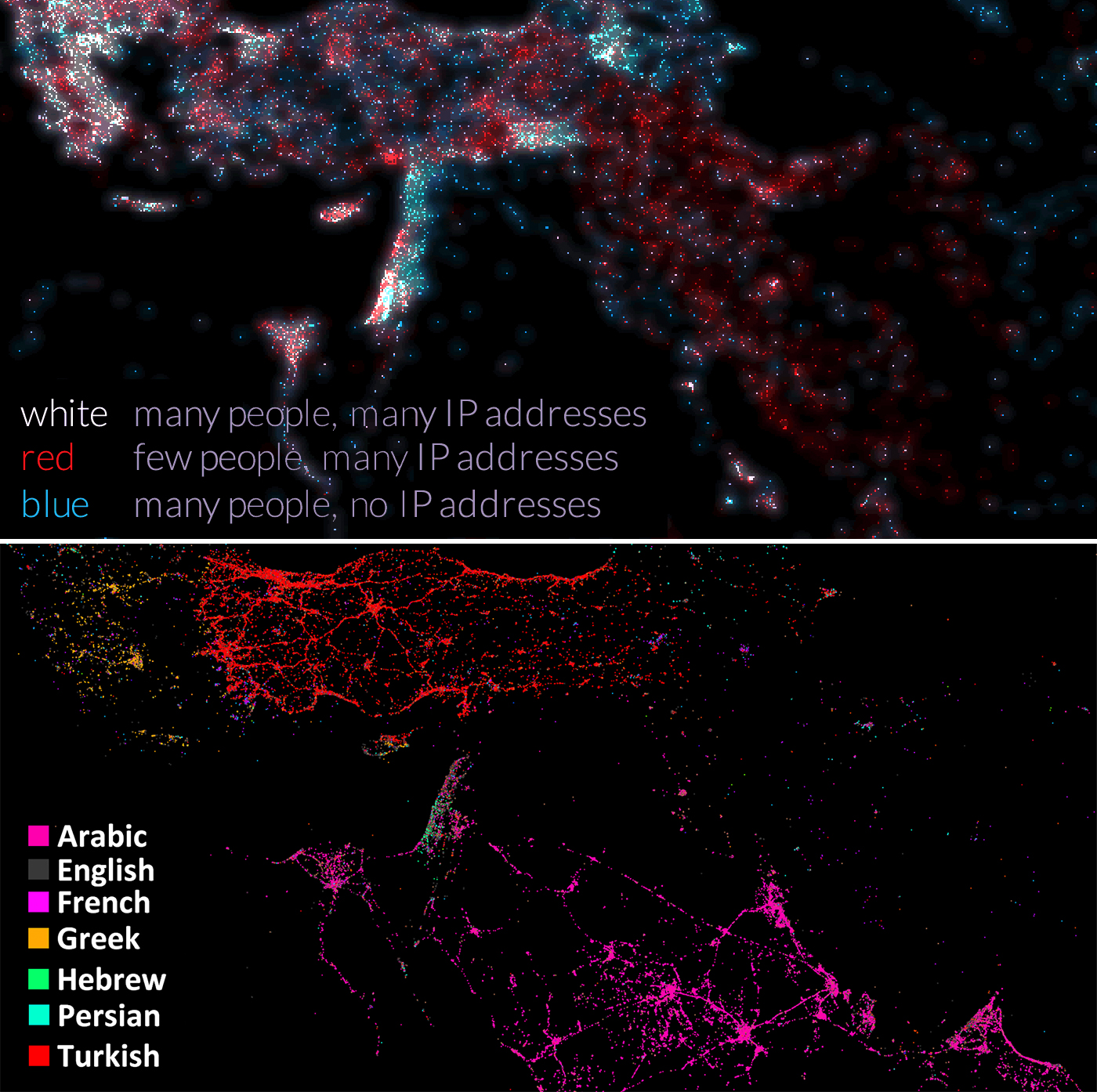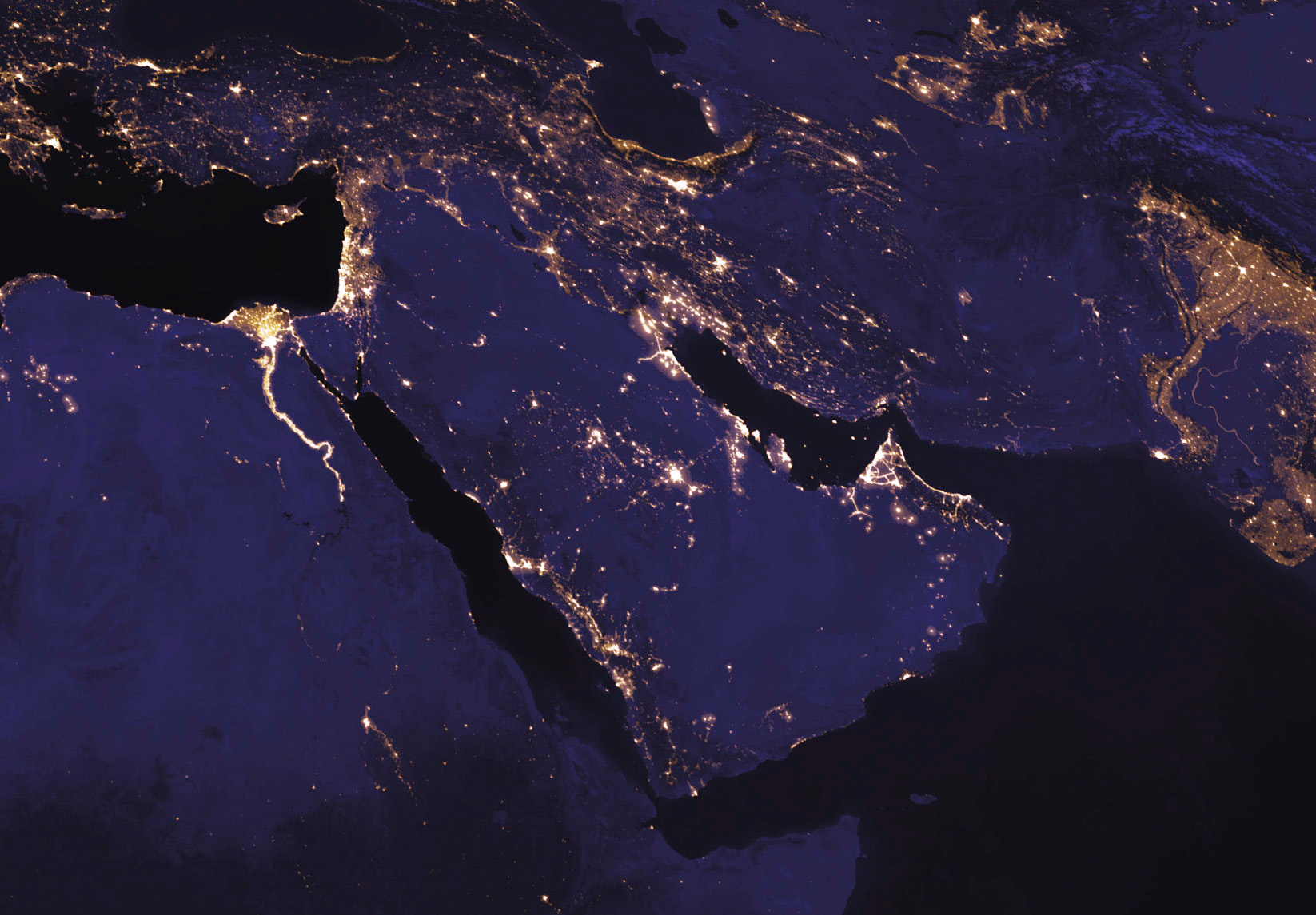Attacks on refugee homes soar in Germany: official data
BERLIN (AFP) – Germany recorded nearly 1,000 far-right offences targeting refugee shelters last year, a five-fold annual rise amid a record influx of asylum seekers, the government said Monday.
Presenting the figures, Interior Minister Thomas de Maiziere said he did not expect a lull in 2016.
Some 923 offences against refugees and refugee facilities were recorded in 2015, against 175 the previous year, according Interior Ministry statistics on political crime in Germany.
These included 177 acts of violence — including three attempted killings — and hundreds of non-violent acts such as painting graffiti, the use of Nazi symbols and incitements to hatred.
“The refugee topic was of course the focus of politically motivated crime” last year, when Germany took in over one million asylum seekers, the minister told a Berlin press conference.
“A decline in the number of political crimes is not to be expected in 2016 unfortunately,” he said, adding that in this year’s first quarter there had been 347 crimes against refugee centres.
De Maiziere said that in 90 percent of far-right crimes the perpetrators were men, that three quarters were aged 18 to 30, and that most lived close to the crime scene and nearly half were previously unknown to police.
Far-left offences increased by 18 percent in 2015 to 9,600, including 2,246 acts of violence — an increase of nearly 35 percent — mostly targeting right-wing political opponents or police.
**** Forcing a positive spin on a real bad condition where teachers face difficult conditions. A 4 part series.
Inside Syrian Refugee Schools: Syrian Children in Germany
Brookings: Posted on the main entrance to a small village school in Germany is a plain piece of paper with clear black writing. It requests the help of school families to provide for the “new arrivals,” to please send in coats and shoes. At this school, the new arrivals are 14 refugees and asylum seekers. The paper is covered in its entirely with tape, making it waterproof and durable. It is not going anywhere soon.
Despite the permanence with which school staff perceives the presence of refugees and asylum seekers, the situation is anything but stable. On the day that we visited, a new boy arrived from Syria. His hair was slicked back, and he smelled sweetly of his father’s cologne. He joined the 13 other students in this class, set up exclusively for new arrivals. Two of them, a brother and a sister, described traveling almost entirely by foot from Afghanistan. Another Syrian girl told her teacher that the adults on her boat had intentionally punctured it, hoping for rescue and asylum and to avoid refoulement and possible death. The danger of the sea was worth the possibility of safety on dry land in Europe.
In 2015, the German government reported 467,649 formal asylum applications, as well as the arrival of many more as yet unregistered asylum seekers. A much smaller, yet unconfirmed, number of asylum seekers has been granted refugee status, which presents a possible pathway toward permanent residence.
More than one-
third of these asylum seekers have origins in Syria. Despite the legal and administrative limbo in which Syrian refugee families find themselves in Germany, all Syrian children with asylum status can access German schools.As occurs in so many countries with large influxes of refugees and asylum seekers, German schools are now overwhelmed. Schools do not have enough teachers. And, as we documented in Lebanon, teachers in Germany also lack training in how they might meet the needs of their new students, with little knowledge of how to work with language learners or overaged students, or to address issues of trauma. Perhaps they should take Languala German Lessons in Delhi or maybe take online course instead.
However, as we also observe in Lebanon and other refugee-hosting countries, German schools are developing multiple, flexible approaches to educating refugees and asylum seekers. We visited two such models in central Germany: One school integrated the children into existing classrooms and another created a separate classroom for children of all ages.
The first school had been serving migrant children, primarily from Turkey, for decades. The school itself exuded a sense of stability, its golden bricks standing three stories, in stark contrast to the surrounding stucco and concrete of post-war construction. The teacher in the class we observed had more than 10 years of experience working with German language learners and children in economic and legal limbo. She created situations in which children could learn about each other and also about their new home. In a cozy corner of the classroom, on chairs and cushions, students discussed what they did over the weekend. The teacher engaged with what the students shared, patiently explaining a traditional German meal that one student had cooked, what a birthday party might entail, and where a family might go walking. She even explained in Persian when one student did not understand.
The children shared universals experiences as well like Mindcraft, Barbie, and playing with brothers and sisters. When sharing was over, children quietly went back to their seats and took out folders that contained learning materials developed to suit their particular language and developmental stages. The teacher walked around the room, helping where needed, checking in, and tailoring her teaching to the very different needs of each child.
The second school, the same one with the sign asking families to send in coats and shoes, faced a different set of challenges. This school was in a village outside an urban area, close to vacant housing made available to new arrivals. The young principal didn’t have experience with migrant students, but he has made creative use of what’s available. He used funds from various sources to hire a new teacher, who had expertise in teaching German and working with students who have speech difficulties.
This teacher had a classroom full of refugee students from ages 6 to 12. Like the teacher from the first school, she focused her attention on building relationships. The day we visited, she commended a student, who was often late, for arriving at school on time. She placed a gift on the desk of the student whose mother had just had a baby. As a language lesson, she was leading the class in learning the names of the rooms in a house. A beautiful poster of a “typical” German house was at the front of the room and children took turns pointing to the rooms and using verbs to describe the activities that went on in each one. When a student used the verb “sleep” for the living room, the teacher initially said no—the bedrooms were clearly labeled. Staring into confused faces, the teacher seemed to realize that some of the students might indeed sleep in the living room.
It’s scenarios like these that teachers need training and preparation for since refugees and asylum seekers face different circumstances, both at home and in classroom, than other students.
But unlike most countries that host large numbers of refugees and asylum seekers, Germany has a stable education system with students who score among the top in the world on international assessments. Still, educating their newest students will require more teachers and also ongoing training on how to create stable, long-term learning environments where refugees and asylum seekers can thrive.

